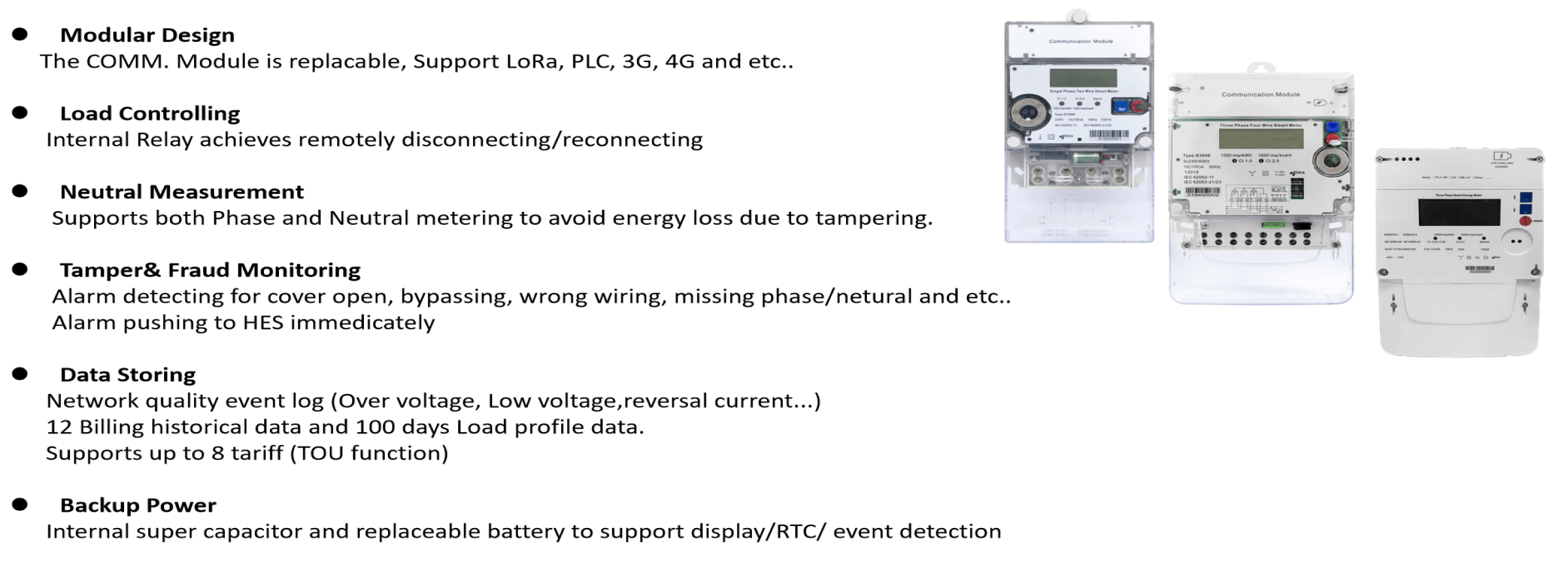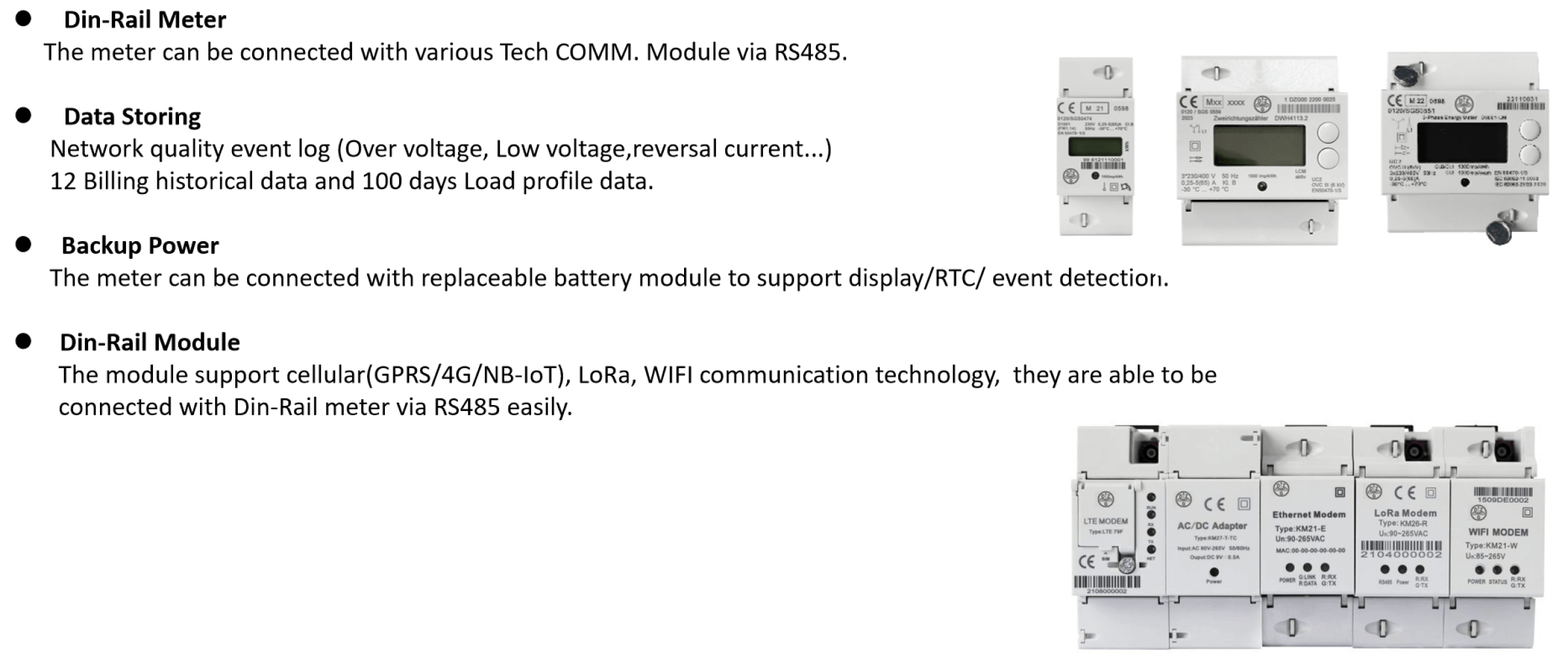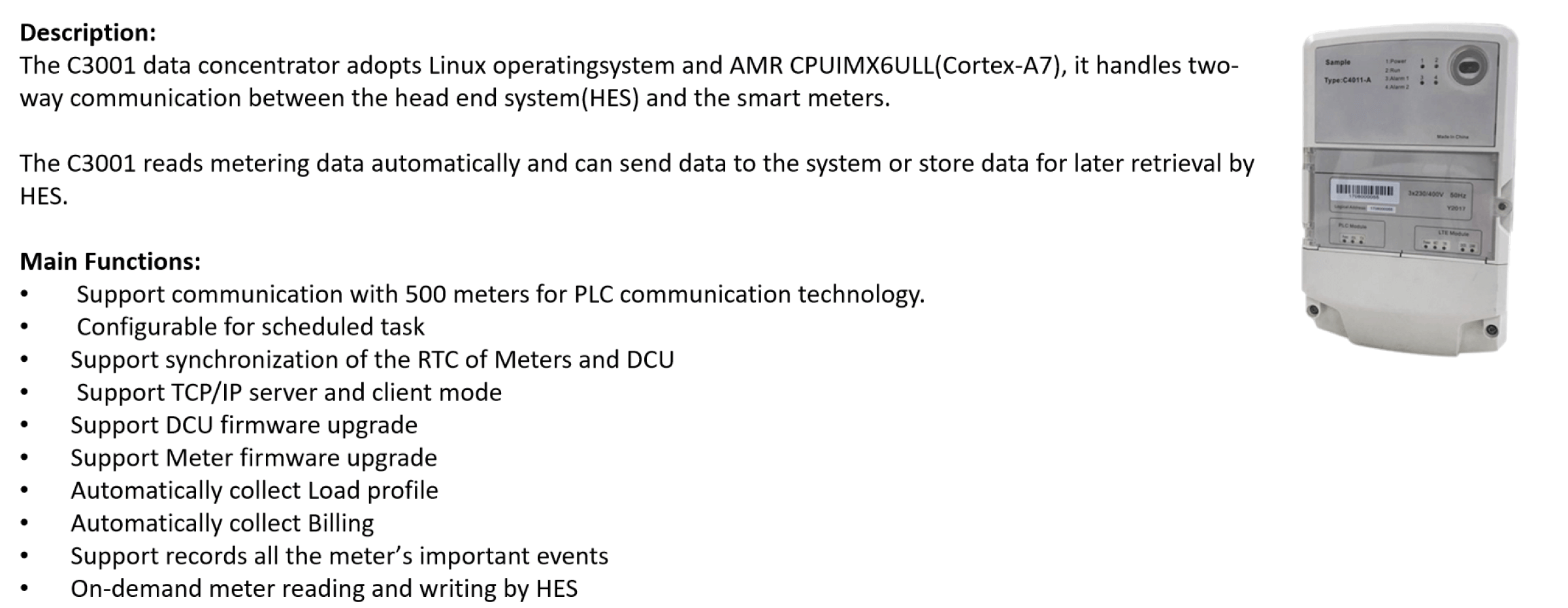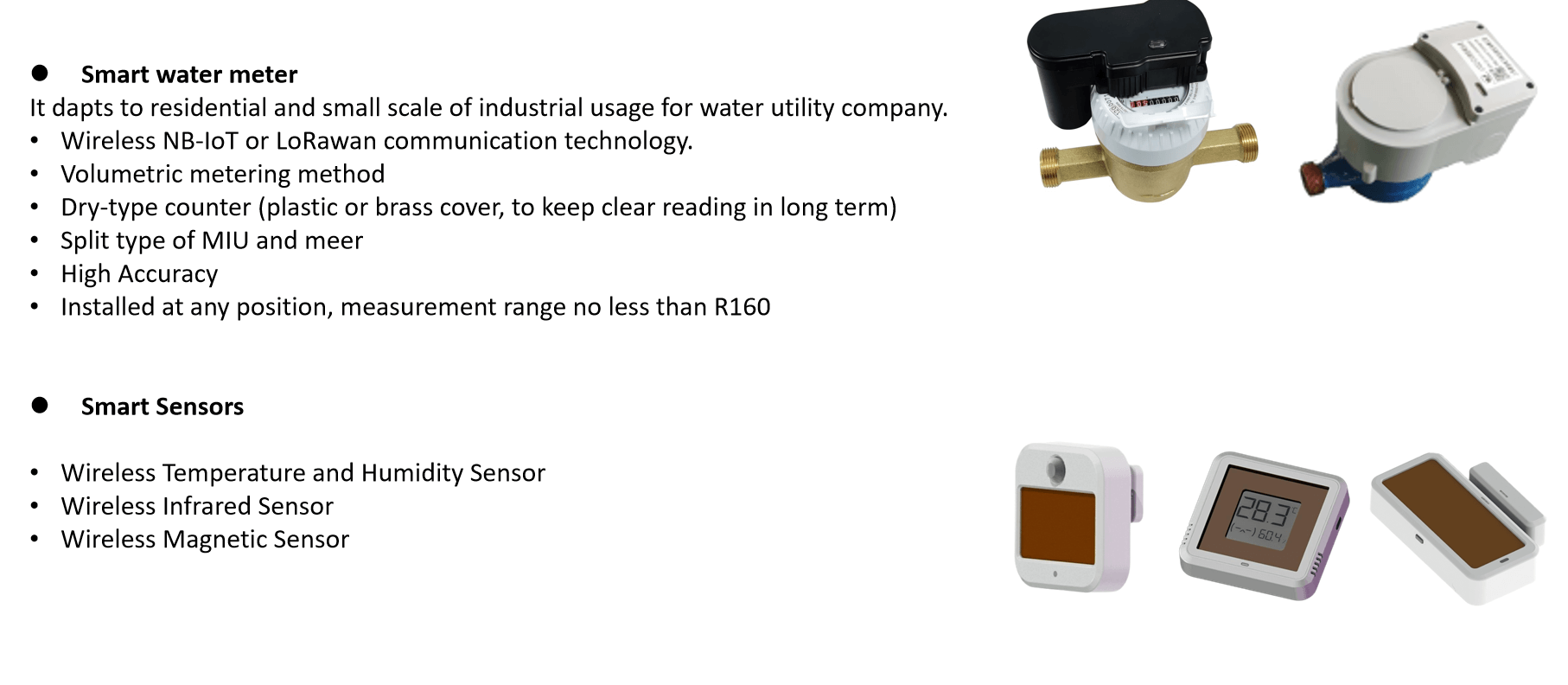 Submetering solution
Meter reading solution
Try the system
About us
Submetering solution
Meter reading solution
Try the system
About us
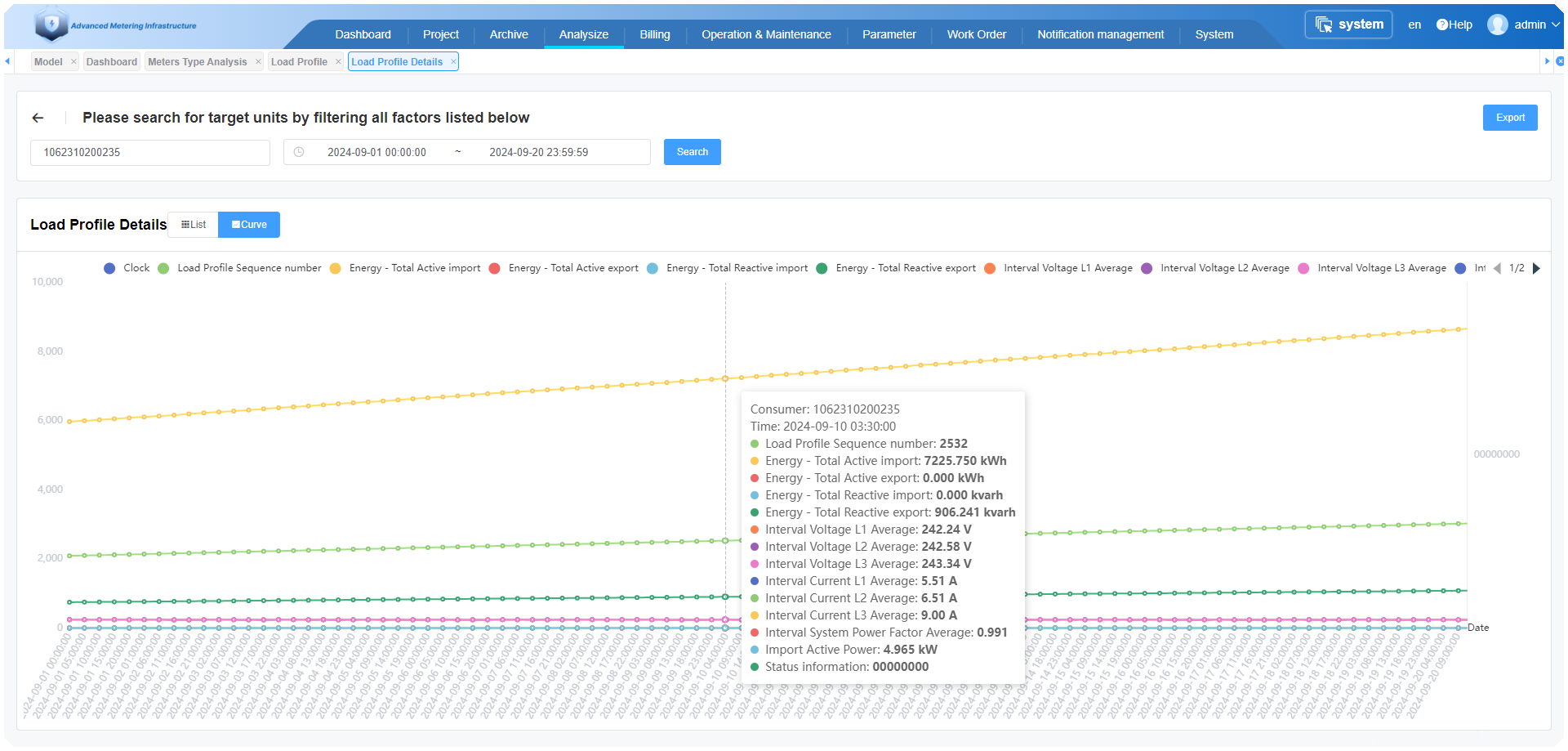
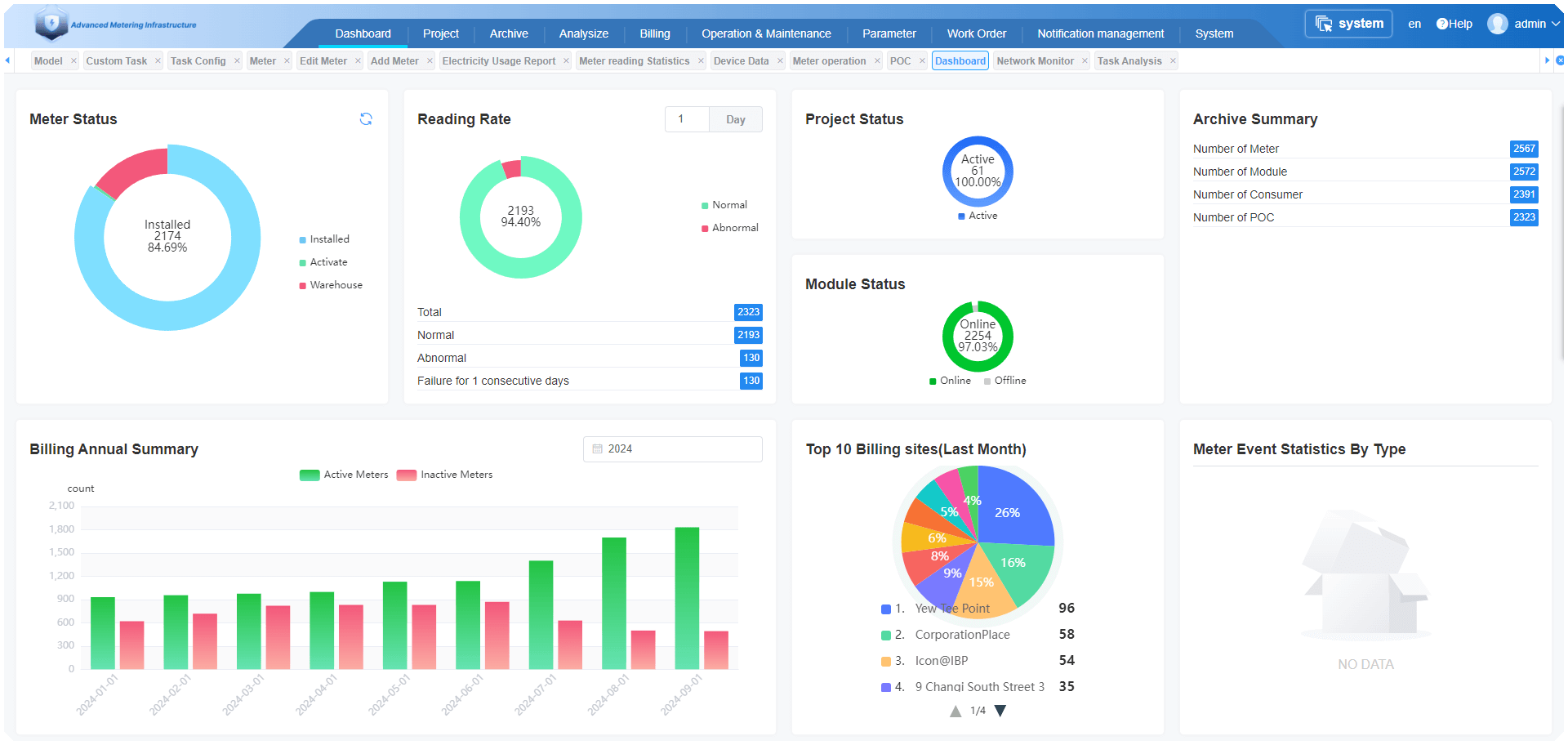
The Submetering system is a smart, efficient, and secure system for electricity data collection and management. It supports multi-protocol electric meters and acquires data from these meters through multiple communication schemes. The system supports the collection and analysis of various data items and pushes electricity usage data to customers through multiple channels, greatly enhancing the accuracy and speed of data collection. We are committed to meeting our customers’ electricity data collection needs, ensuring that no meter becomes an information island.
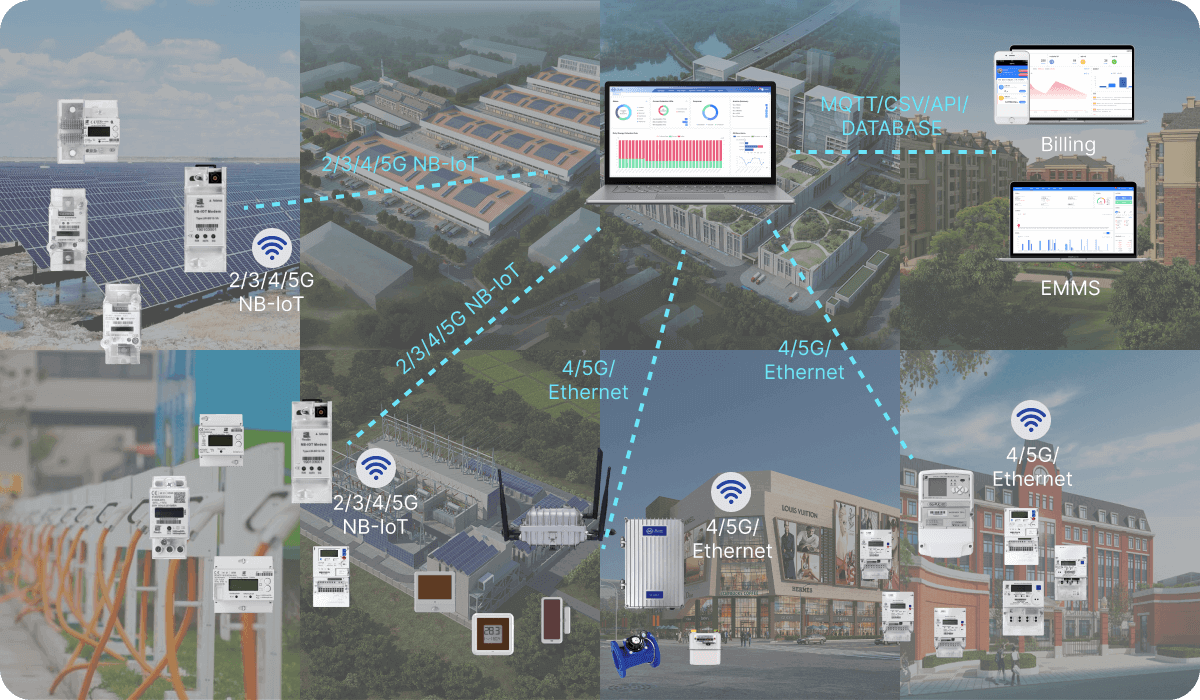
The sub-metering system is a highly integrated solution primarily targeted at the power industry, aiming to enhance the efficiency, accuracy, and sustainability of power management.






Through these aspects, sub-metering Advanced Metering Infrastructure (AMI) systems not only provide power companies with efficient and intelligent operational tools, but also offer final usersa more convenient, transparent, and environmentally friendly electricity consumption experience.

For power companies, Advanced Metering Infrastructure (AMI) systems are one of the key technologies for realizing smart grids. They enable real-time monitoring and management of electricity consumption, optimize power distribution, enhance energy efficiency, and reduce costs and errors associated with manual meter reading.

For industrial users who heavily rely on electricity, AMI systems help them better control their energy usage, optimize energy consumption in production processes, achieve goals of emission reduction and energy conservation, and monitor equipment operation status in real time to proactively warn of potential issues.

For commercial and residential users, AMI systems provide more accurate and timely information about electricity usage. Users can obtain detailed electricity reports through the system,understand their usage habits, and make decision to save energy.
We are well aware of the difficulties in the process of electricity metering, and have made a lot of efforts to solve these issues:
Remote meter reading is efficient and reduces operational costs;
Million-level concurrency performance for massive device;
Scheduled collection has a high success rate and accuracy.
Electricity usage is calculated with minute-level precision;
Daily calculations of line losses are updated promptly every day to help you easily analyze line losses.
An app is provided to directly record positioning information on-site during installation;
GIS functionality supports viewing the distribution of electric meter locations on the webpage.
Purchasing the SaaS version is maintained by our company, with no additional deployment required, ready to use upon purchase.
By purchasing the SaaS version, you can immediately enjoy the latest features without waiting.
SaaS has a more comprehensive monitoring and alarm system, so there is no need to worry about service downtime.
Highly available deployment for stable service performance.
Our company will timely upgrade server configurations according to business volume, so there is no need to worry about business growth putting pressure on servers.
Supports SaaS, cloud servers, and private deployment.
Scheduled tasks for meter reading, re-reading, and automatic calculation of hourly, daily, weekly, and monthly consumption enable timely generation of electricity bills;
Paired with a proprietary prepaid system, this can reduce the risk of arrears, simplify bill processing, and enhance efficiency and convenience.
Remote disconnection and reconnection can be performed, or automated through the API/billing system.
Supports API / MQTT / database / Kafka for pushing data to other applications;
Supports customers managing sub-metering via API, facilitating integration into customer applications;
Paired with our proprietary billing system to manage prepaid users, buildings, and billing;
Paired with our in-house energy management system to perform energy consumption and efficiency analysis for factories, parks, schools, malls, etc.;
Supports customized billing reports and exports hourly, daily, weekly, and monthly usage Excel spreadsheets.
It is possible to collect and query meter alarm events such as cover opening, uncapping, power outage, and strong magnetic interference.
Theft alarm notifications can be configured to be sent via email or text messages for timely alerts.
It is possible to collect and specify the time to view historical PQ data;
Configurable email/sms notifications (under voltage, over voltage, miss voltage, etc.) are available.
Remotely read/set the transformer ratio for the current transformer and create configuration records for query;
Calculate the actual electricity consumption based on the set transformer ratio.
Multiple communication methods: Public network, Private network, 4G, GPRS, NB-IoT, Ethernet, LoRa, Bluetooth, G3-PLC;
Supports multiple protocols, including but not limited to: DLMS, Modbus, Command Line;
Supports management of multiple meter types.
Clear electrical structure management, supports automatic generation of electrical topology.
Supports regional division and lifecycle management of power supply projects.

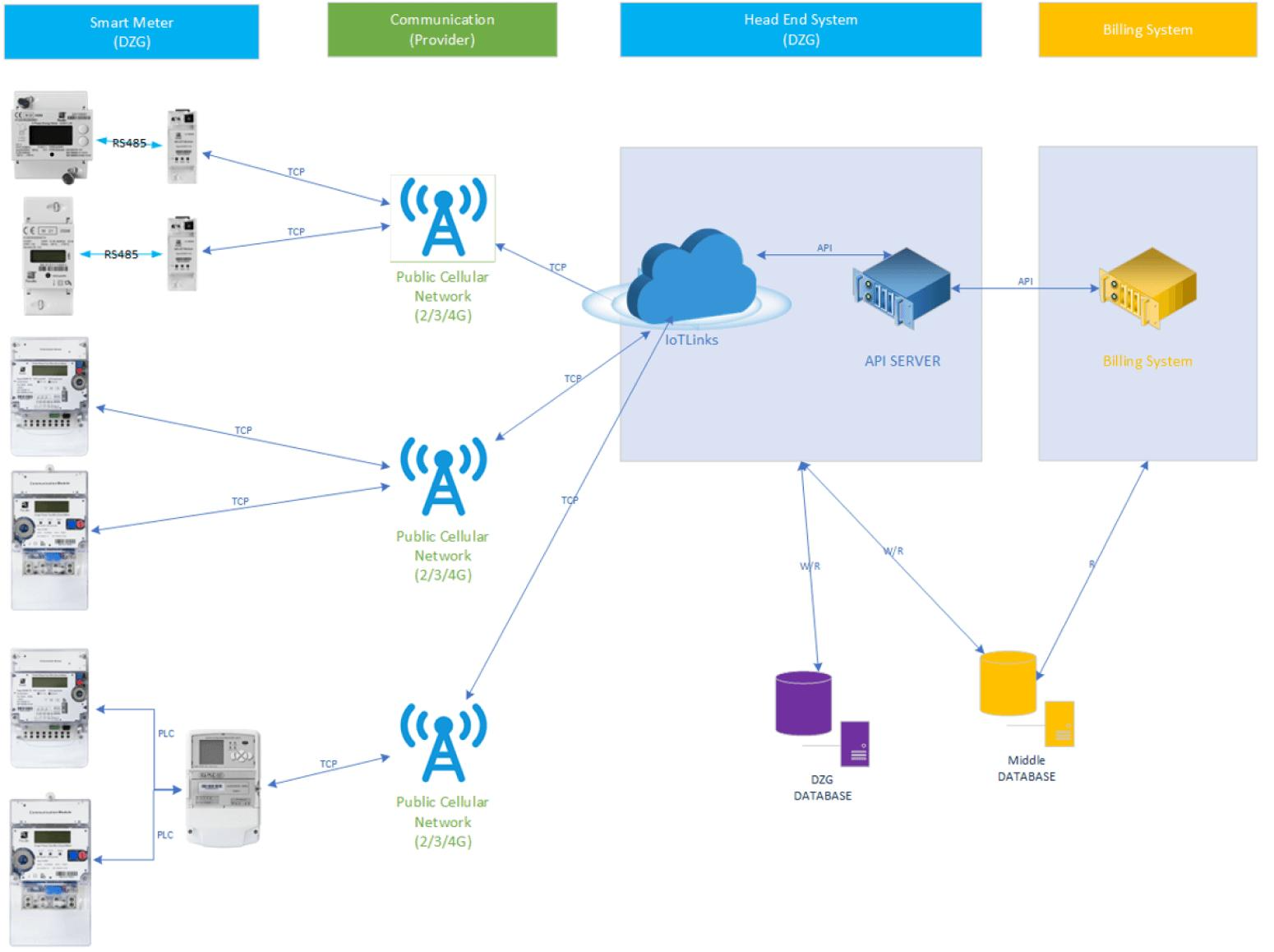
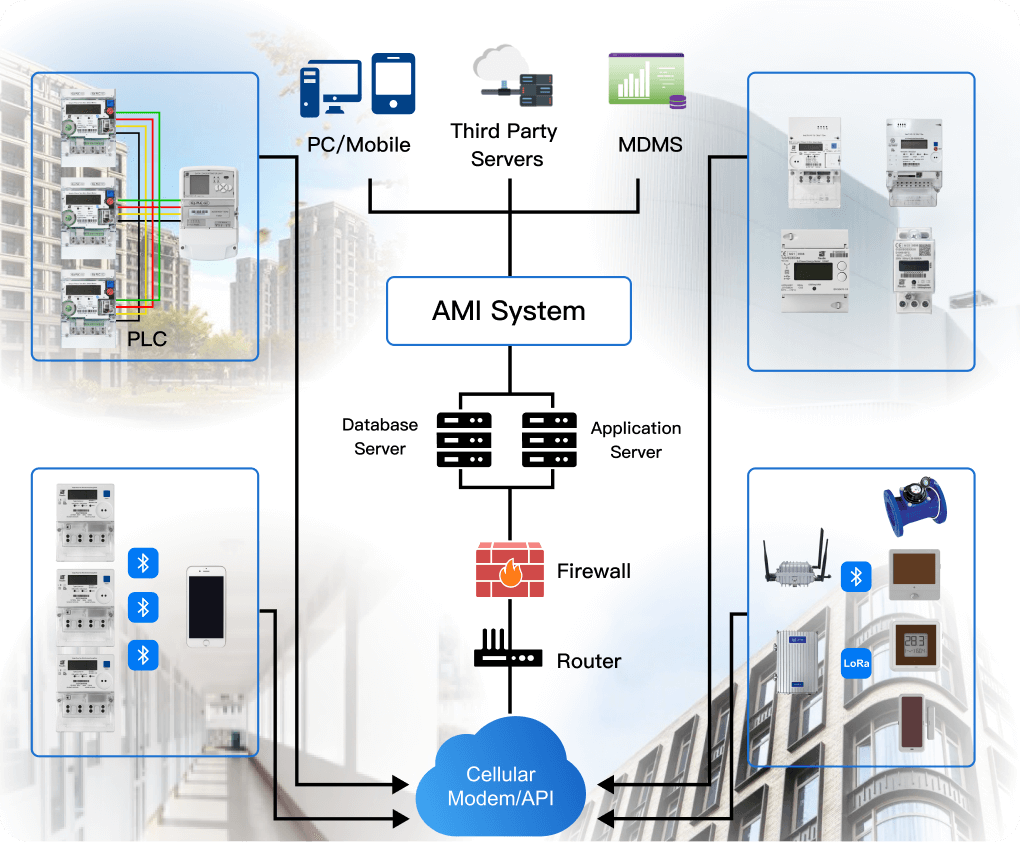

Multi-vendor, multi-protocol support

Multiple downlink communication technology

Standard CIM protocol for third-party application integration

Million-level concurrency performance for massive device connectivity and data collection

Highly available deployment for stable service performance

Robust CyberSecurity mechanism for ensuring data transmission

GIS map visualization for asset management

Real-time operational monitoring
The Billing system is an intelligent management system used for water and electricity billing and statistical analysis in various settings such as property communities, large shopping malls, apartments, office buildings, industrial parks, dormitories, and factories. It replaces manual meter reading with automatic remote meter reading, addressing issues of low efficiency, high error rates, and complex billing processes.
The system is built upon the widespread application of networking and the mature environment of Internet of Things (IoT) technology. It utilizes advanced PTZ system architecture, enabling remote debugging, maintenance, and data interaction with external third-party software.
Key features of the system include integrated water and electricity reading, equipment operation and maintenance integration, diverse reporting capabilities, remote valve control for equipment, and integration with third-party invoice systems to meet customers' hydropower billing management needs.
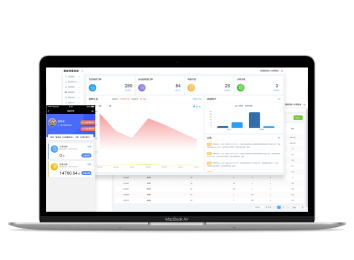
No wiring, easy maintenance
The terminal equipment is operated and maintained by our company as a whole, reducing customer costs
Facilitate financial personnel to check bills and improve work efficiency
Billing through the invoicing system, electricity data and billing data are provided together
It can remote control to disconnect the power supply to solve the problem of malicious arrears
The whitelist member still supplies power when the user is in arrears
EMS(Energy management system)is an energy management analysis system developed for power demand side and provides an integrated solution. EMMS is based on the power management system, through the segmentation and statistics of all energy consumption of the user side, with intuitive data and charts to managers ordecision-makers to show the use of all kinds of energy consumption, through fine management to find out high energy consumption points or unreasonable energy consumption habits, save energy. Provide accurate data support for users to further energy-saving transformation orequipment upgrade. It supports two access modes: public network SaaS mode and private network deployment.

Power usage summary,transformer summary,transformer load,powerusage trend, etc
Active and reactive power quantity,active and reactive power powerfactor, voltage and current, etc
There are basic electricity charge speak and valley electricity charges power adjustment electricity charges, etc
Individual equipment energy consumption, itemized energy consumption etc
Alarm record,meter rush valueconfiguration,sensor alarmrecord etc
File management, charging scheme,system management, etc
